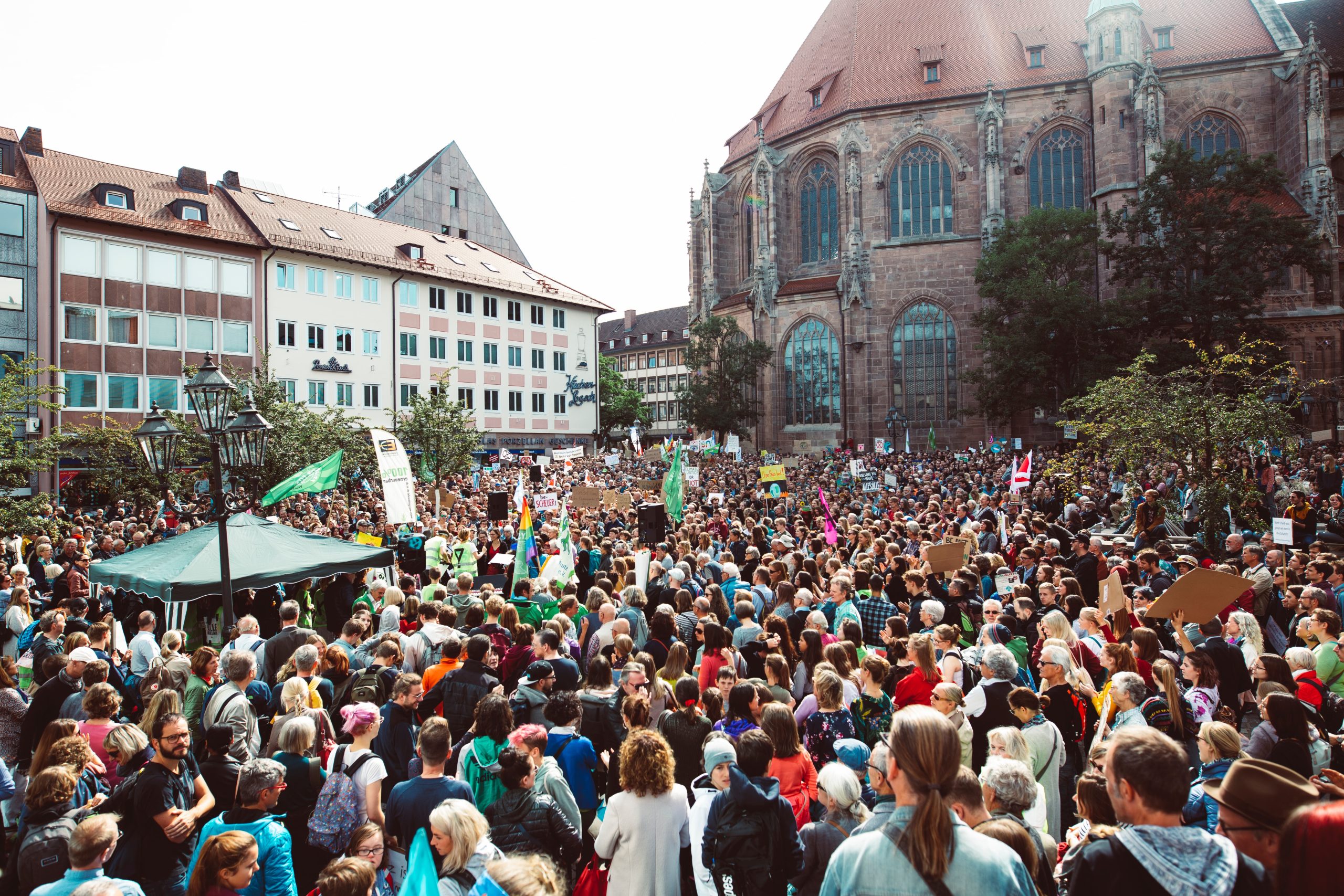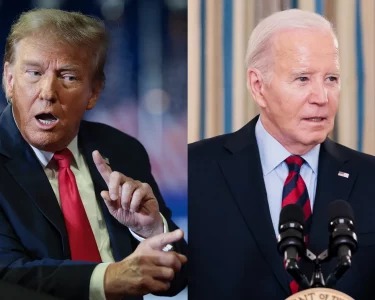In politics, it’s often said that it’s not what you know, but who you know. And nowhere is this truer than in the intricate web of connections that make up the government grid.
The government grid is a complex network of political and policy connections that spans across federal, state, and local levels of government. At its core, the grid is made up of people who have connections to each other through a variety of channels, including shared professional backgrounds, personal relationships, and political affiliations.
Understanding the government grid is essential for anyone who wants to understand how policy decisions are made, who has power and influence in government, and why certain groups or individuals are able to get their voices heard.
One of the key components of the government grid is the “revolving door” between government and the private sector. This refers to the practice of individuals moving back and forth between government positions and positions in the private sector, often in industries related to the policies they helped shape while in government.
For example, a former government official who worked on environmental policy might go on to work for a lobbying firm that represents companies in the energy industry. This creates a direct connection between the interests of the private sector and the decisions being made in government.
Another important aspect of the government grid is the role of political donors and interest groups. These groups have significant influence over politicians and policy decisions, and they often have deep connections to individuals in government.
In some cases, these connections are made through campaign donations, while in others, they are made through personal relationships or shared ideological beliefs. Regardless of how they are formed, these connections can have a significant impact on policy decisions and who has access to power and influence in government.
So how can we better understand the government grid and its impact on policy decisions? One important step is to examine the connections between individuals and groups in government and the private sector.
This can involve looking at campaign finance records to see who is donating to politicians, tracking the career paths of individuals in government and the private sector, and examining the relationships between individuals and groups that have a stake in policy decisions.
Another important step is to hold politicians and government officials accountable for their connections and potential conflicts of interest. This can involve stricter disclosure rules for campaign donations and lobbying activities, as well as regulations that limit the ability of former government officials to work in industries related to their previous positions.
Ultimately, understanding the government grid is essential for anyone who wants to have a voice in the political process and shape policy decisions that impact our lives. By shining a light on these connections and holding those in power accountable, we can create a more transparent and equitable government that truly represents the interests of all Americans.




